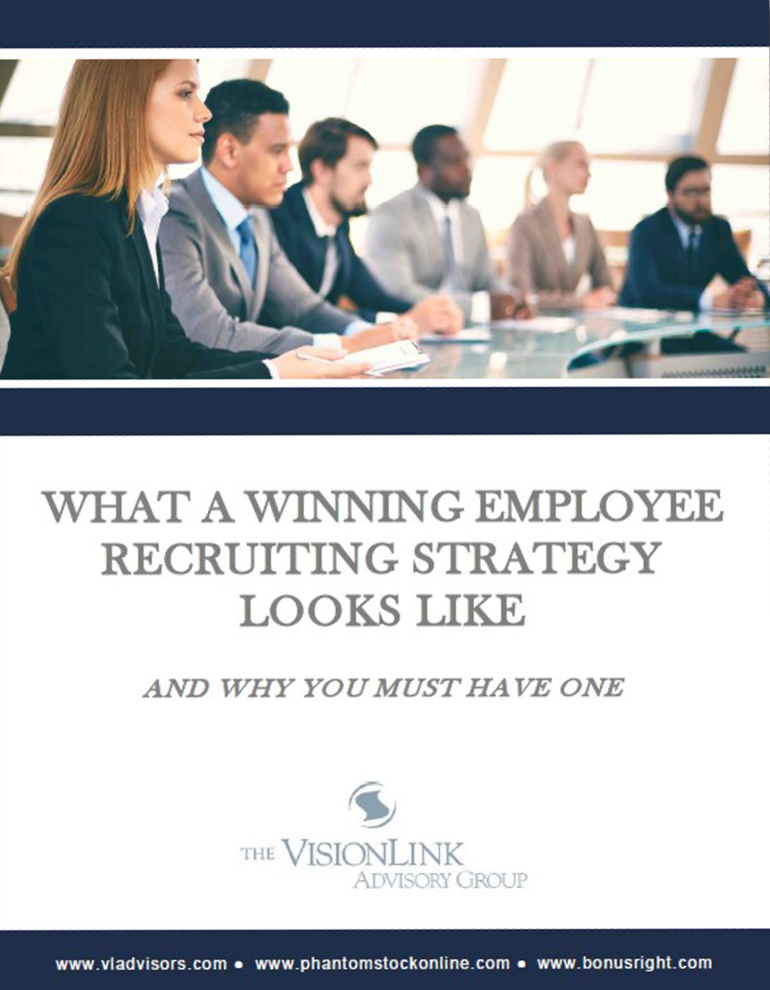
Free Report
What a Winning Employee Recruiting Strategy Looks Like
The 5 Criteria of a Successful Plan
You are likely having a harder time than ever before recruiting the kind of talent your business needs. Over the past few years, the market has shifted and the labor pool has shrunk, making it more difficult to find and hire good employees. And if you’re trying to land skilled, educated, experienced talent—game changers—the competition is especially fierce.
So, how do you create a recruiting strategy that allows you to win in this environment? What must you do to ensure you are able to attract premier performers and leverage your recruiting success?
This report answers those questions and more. It describes the forces that created the present talent market and introduces the 5 criteria every recruiting plan must include if it is going to succeed.
You will find it hard to triumph in your recruiting efforts if you do not learn and apply these principles. So, download this report today!
Ready to Speak with a Compensation Expert?
Call 1-888-703-0080 or complete our contact form.